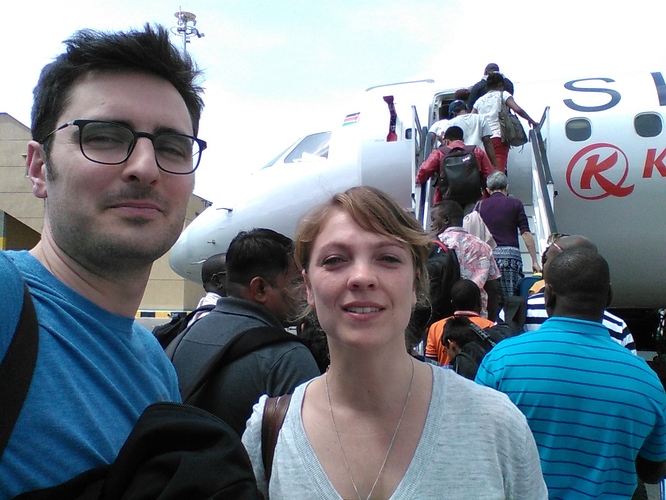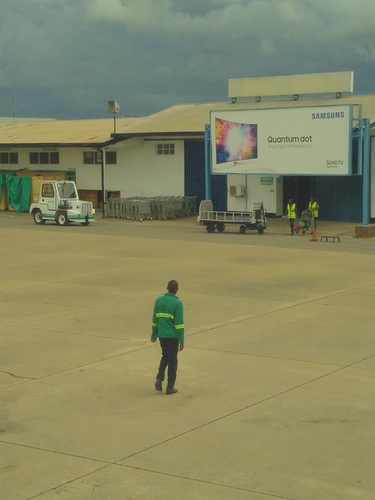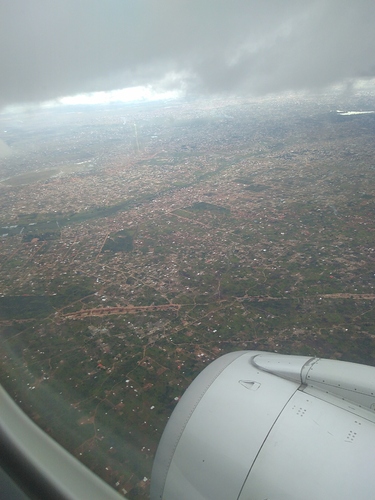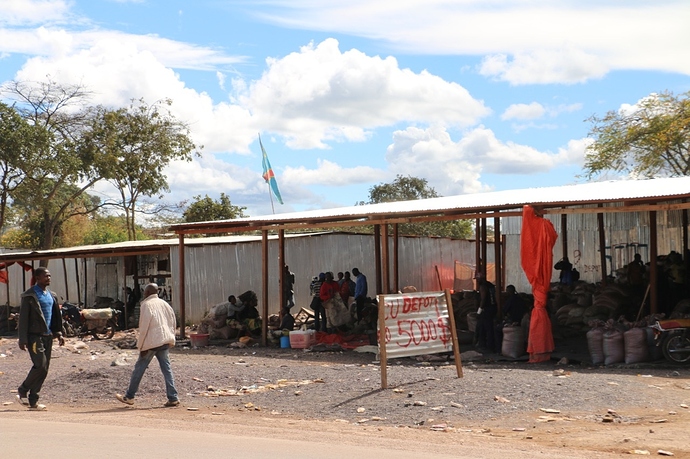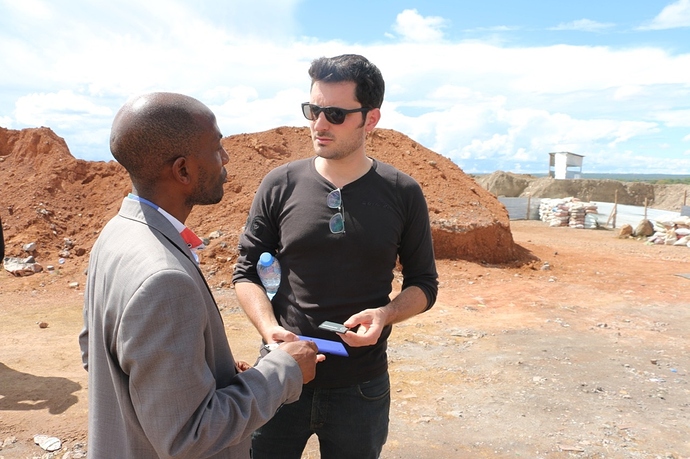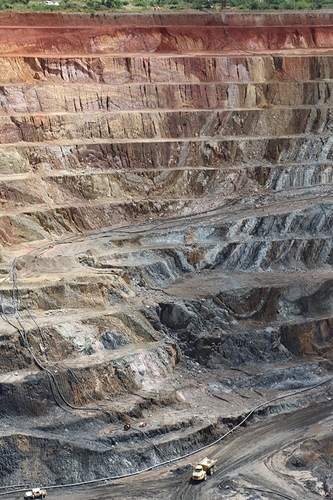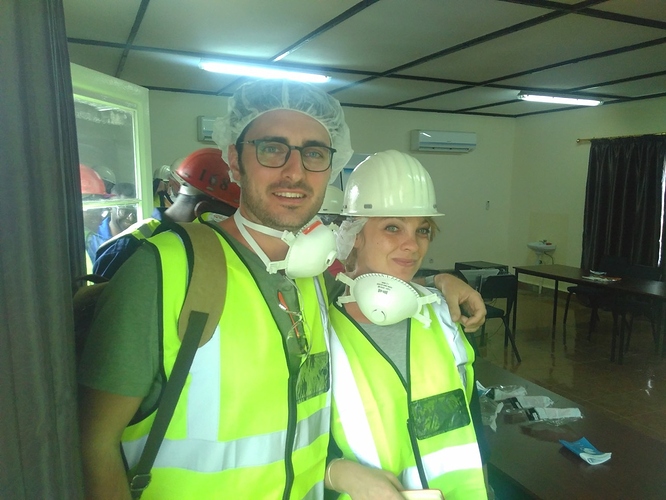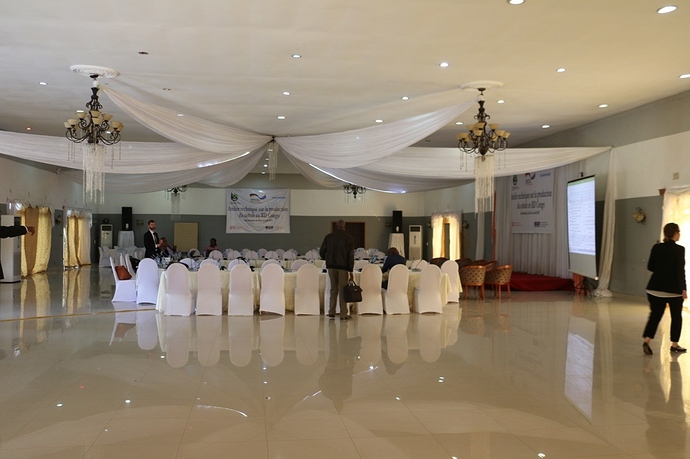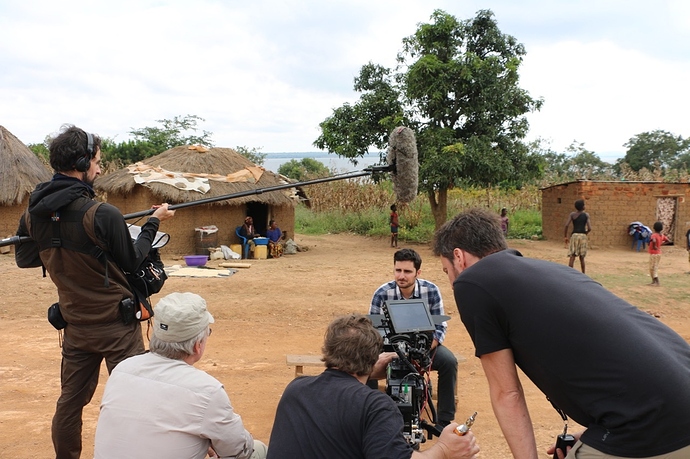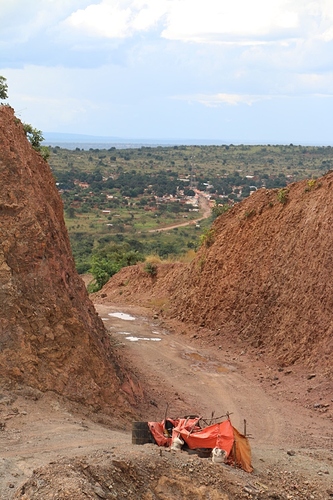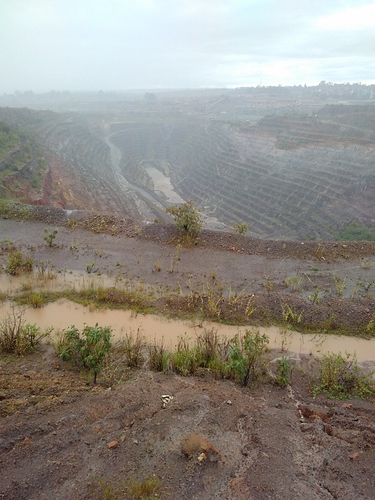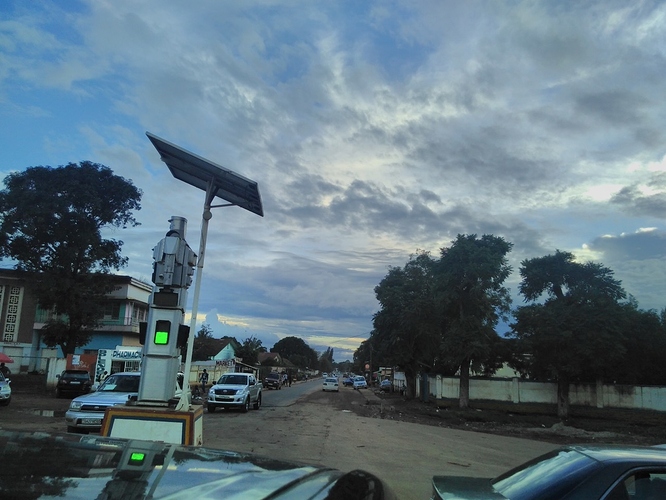Our team members Laura and Sylvain are in the DRC this week. They will be visiting mines and talking to local partners about cobalt. This element makes up most of the Fairphones battery and its sourcing is connected to many problems.
They have a very full schedule, but they try to keep a diary for us. I will relay their messages and pictures here into the forum so you all can have a first account of what they are doing!
Day 1
We landed at Nairobi airport early in the morning (5am) after traveling the whole night and without much sleep (Superman vs Batman is such a good movie). We felt pretty tired actually, but happy to feel this hot and moisty Kenyan weather, and to assist to the Kenyan sunrise #HakunaMatata.
From Nairobi we took another plane, this time to Lubumbashi.
The flight had an unexpected stop at the Zambian border (Ndola) where almost everybody went out of the plane except us. A small airport with only one landing site but a huge Samsung ad about their last huge flex TV.
While arriving over Lubumbashi we saw a really extended city of around 4 millions inhabitants, that looks ten times bigger as Amsterdam.
Tomorrow we plan to visit the refinery of a high profile Chinese cobalt refiner in the area. This meeting is an interesting first encounter with a potential future partner to set-up a cobalt supply chain.
The dry season started here in Lubumbashi, but surprisingly it keeps raining…
Day 2
Greetings from Lubumbashi, everything goes well here, even if we might be lacking some sleep and are really busy. We did not write anything this day as we visited in the morning the biggest Cobalt smelter and buyer in the region, but photos were not allowed.
Day 3
This morning we joined at 7.00 am a group of local actors and partners composed of international cooperation bodies, private companies, civil society and official government representatives to realize different field visits. We went first to a large scale mine. We could see a huge pit of copper and cobalt being exploited, and then the semi industrial infrastructure where they crush and filter the cobalt and copper to have a better concentration (removing the waste).
Entering the dirty and crappy smelting facility we had a weird sensation on our lungs, feeling the strong use of chemicals in this process. The company did not allow us to take pictures…
In the afternoon we went to a smaller mine pit of cobalt and copper, exploited by artisan miners (creuseurs). There we could access a smaller but impressive pit accompanied by around 40 miners and 4 armed policemen. A trading center was close to the mine with the prices made public.
Weirdly enough Laura and other women were not allowed to enter the site. They say the quality of the minerals might go down when women enter the mine site…
Tomorrow we will travel to Kolwezi (a city at 4 hours ride) to meet the regional minister of mines, among others.
